How to Help Young Children Build Resilience
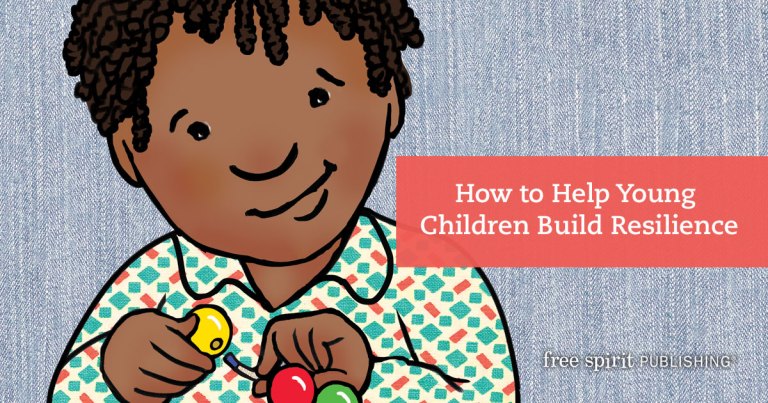
“How to Help Young Children Build Resilience” originally appeared at freespiritpublishingblog.com. Copyright © 2022 by Free Spirit Publishing. All rights reserved. My favorite photos of my little sister’s preschool years are the ones where she has food on her head. Spaghetti, chocolate ice cream, breakfast cereal—anything in a bowl became her hat. She loved to […]
Helping a Child on the Autism Spectrum Transition to a New School
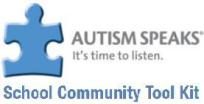
“Helping a Child on the Autism Spectrum Transition to a New School” originally appeared at freespiritpublishingblog.com. Copyright © 2020 by Free Spirit Publishing. All rights reserved. Summer is over—as a parent, you can breathe a sigh of relief. No more hearing “I’m bored!” every day. But if you’re a parent of a child on the […]
Meet Biker and Book Illustrator Brian Biggs

Here’s the scoop on Brian Biggs, an artist, a children’s book illustrator, and an avid biker. He illustrated my picture book Bike & Trike. He’s a colorful character, like the ones he draws. I loved interviewing him and learning more about his rides and creative side. How many miles did you bike last year? I […]
Holiday Chaos! Preparing Children with Autism for the Disruptions of the Holidays
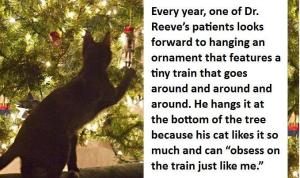
“Holiday Chaos! Preparing Children with Autism for the Disruptions of the Holidays” originally appeared at freespiritpublishingblog.com. Copyright © 2020 by Free Spirit Publishing. All rights reserved. Here come the holidays! If you’ve got a child who’s on the autism spectrum, life is about to get complicated all over again because of the disruptions to family […]
5 Simple Ways to Support Parents of Children with Autism
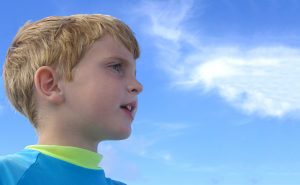
“5 Simple Ways to Support Parents of Children with Autism” originally appeared at freespiritpublishingblog.com. Copyright © 2020 by Free Spirit Publishing. All rights reserved. April is National Autism Awareness Month. April 2 is World Autism Awareness Day. But as we parents of children on the spectrum know, autism is every day, 24/7. We love our […]
Telling My Son He Has Autism
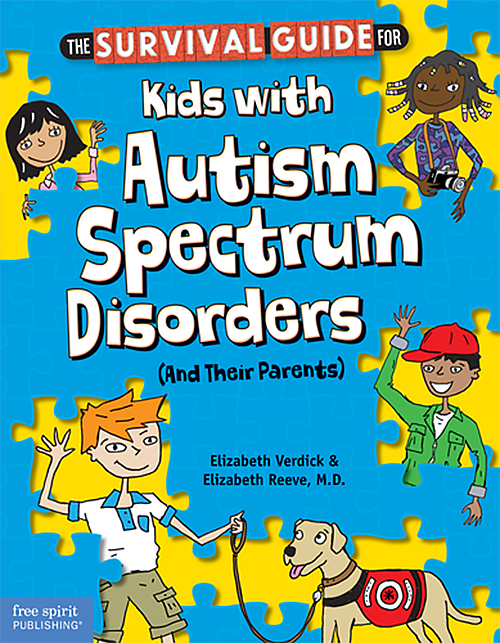
“Telling My Son He Has Autism” originally appeared at freespiritpublishingblog.com. Copyright © 2020 by Free Spirit Publishing. All rights reserved. My son Zachary was diagnosed with autism before his third birthday. It was a devastating day for our family—and a defining moment. There was no time to let the news sink in. We had a […]
